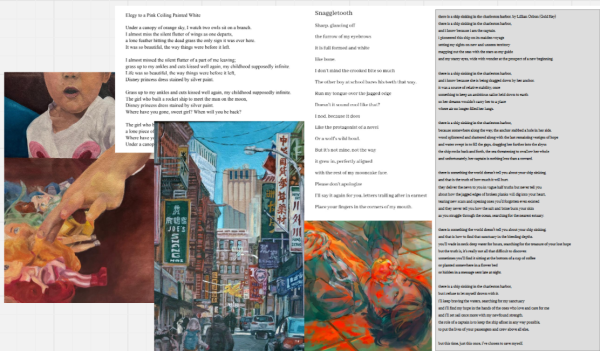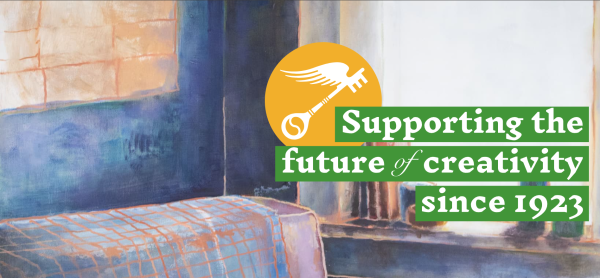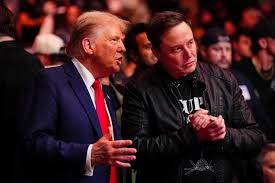President Trump’s First State of the Union Address
President delivers unifying speech in midst of Capital Hill Tensions
On Tuesday night, January 30, President Donald Trump gave his first State of the Union speech to members of Congress and guests. In his speech, Trump discussed his accomplishments over the past year, and gave a vision for his governance going forward into 2018. Trump gave an optimistic view of the future while setting the stage for major coming policy debates, the biggest being immigration. Trump’s largest theme throughout the night was a “New American Unity,” and many of his points illustrated this push for unity in a deeply divided America. The President’s speech held a strong “America First” theme as well, as a vast majority of the speech was domestic issues such as immigration, tax policy, and trade. Trump held an important dynamic throughout the evening of speaking to the base, which included talks of building a wall and regulating trade, while still showing his willingness to work with Democrats on other major policy proposals such as infrastructure and regulating healthcare costs.
Trump showed his deep red, Republican base that he still had their best interests in mind. The President honored the families of illegal immigrant gang violence victims, and vowed to build a physical wall on the southern border of the United States. He discussed his willingness to work with Democrats on Deferred Action for Childhood Arrivals (DACA), but made it clear that he would not be leaving his hardline stance on both legal and illegal immigration. “Americans are dreamers, too,” Trump lamented when discussing DACA, which continued his ‘America First’ theme of the speech. He pushed Congress for tougher trade regulations in an attempt to rectify the trade deficits, and called on both parties to come together to work out a $1.5 trillion infrastructure plan to fix “our crumbling infrastructure.”
There were many critics in the media and Congress who were not pleased with Trump’s speech, mostly due to its lack of substance. While historically most State of the Union speeches are split evenly between discussing what was done over the past year and what the plan is going forward, Trump’s speech was roughly 80 percent congratulating himself and his administration on accomplishments, and only 20 percent discussing plans and proposals going forward into 2018. As seen during the televised speech, a large group of Democrats, including house minority leader Nancy Pelosi, were not happy hearing what the President had to say, and even on bipartisan topics such as rebuilding infrastructure and cutting healthcare costs for Americans,;they stayed planted in their chairs.
With all of its criticisms, President Trump’s speech was widely accepted as unifying and had a positive outlook on the future of the United States. Trump stayed on message and honored several wonderful people, including a police officer who adopted the orphan child of a mother who overdosed on opioids, and a North Korean detractor who was outspoken against the regime in the United States. But as many have noted in the past year, Trump does not have problems during important speeches such as these. The President’s issues in the news and in his political career are the ones he creates for himself.








